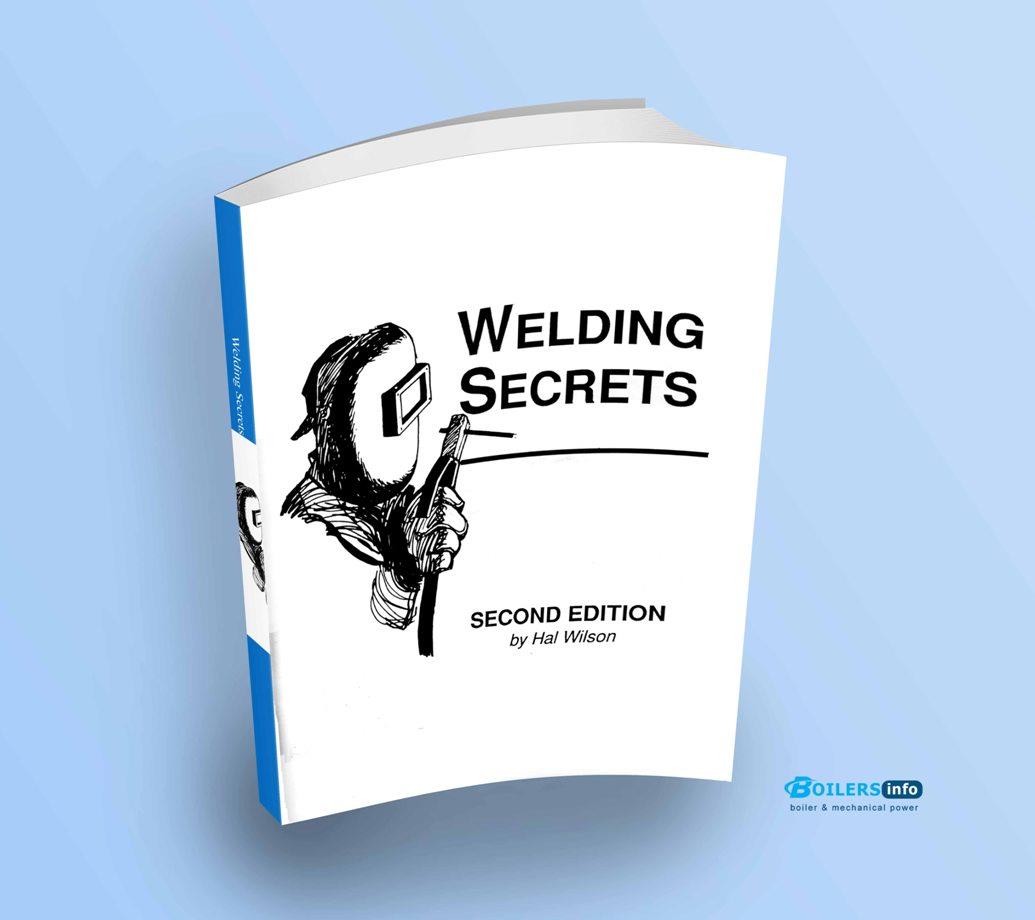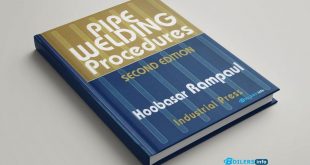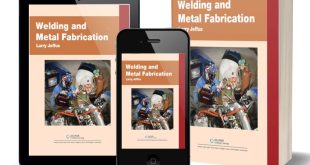Welding Secrets: A Practical Guide for the Self-Taught and Experienced Welder
Welding is both an art and a science—one that rewards skill, practice, and a few clever tricks picked up along the way. This guide, inspired by the timeless wisdom found in classic welding secrets, is designed to help the self-taught welder sharpen their craft, as well as give seasoned professionals fresh insights into solving common fabrication and repair problems.

🔧 How To Remove a Bad Bearing Race or Cup From a Hole
Removing a stubborn bearing race can be a challenge. One proven method is to weld a bead along the inside of the race. As the weld cools, it contracts, slightly shrinking the race. This allows it to loosen from the bore, making extraction with minimal damage possible.
🔧 How to Build Up a Worn Shaft
A worn shaft can often be saved by building it up with weld material and machining it back to size. Use appropriate filler metal, apply in small passes to avoid warping, and finish with precision grinding.
🔧 How to Burn a Nut Off a Bolt and Save the Threads
To remove a seized nut without damaging the bolt, heat the nut until red-hot with a torch, then quickly twist it off. The expansion and rapid cooling will break the corrosion bond.
🔧 How to Expand or Shrink a Nut
- Expand: Apply direct heat around the nut evenly, causing it to expand and break free from the bolt.
- Shrink: Cool the nut rapidly using cold water or air after slight heating—this can cause it to contract for removal or fitting.
🛠️ Camouflage Welding
When aesthetics matter, use camouflage welding techniques to blend the weld bead into the parent metal. This is ideal for restoration or decorative projects.
🔧 How to Remove a Broken-Off Bolt
Weld a washer and a nut onto the broken bolt. The heat loosens the bolt while the nut allows you to unscrew it. Alternatively, carefully drill and use an extractor.
🔨 Case Hardening
For parts that need a hard surface but a tough core, case hardening involves heating the part and introducing carbon, often by packing it in carbon-rich material before quenching.
🔧 How to Square a Frame by Welding or Peening
Use small weld tacks and hammer peening to adjust and square frames before final welding. This prevents distortion and ensures accuracy.
🔧 How to Make a Warped Steel Frame Lie Flat
Apply heat strategically to high spots and cool with water to shrink and flatten warped areas. This requires practice but is a powerful technique.
🧵 How to Weld Screen Wire to Steel Frame
Use a fine, low-heat tack weld method or spot welding to attach wire mesh without burning through. Avoid excessive heat to maintain the integrity of the screen.
🔥 How to Make a Smooth Cut with a Cutting Torch
To achieve clean torch cuts, maintain a steady travel speed, consistent torch height, and proper oxygen/acetylene mixture. A clean nozzle is crucial.
🔥 How to Do Overhead Welding
Overhead welding requires controlling the molten pool to prevent drips. Use short, quick passes and adjust amperage slightly lower than flat welding.
🔧 How to Weld Thick to Thin Metal
Start by focusing more heat on the thicker material, moving the puddle toward the thinner side. Use filler wire to help bridge the gap evenly.
🔧 How to Make a Smooth Bead
A steady hand, correct travel speed, and maintaining a consistent arc length are key to smooth, uniform beads. Practice weaving patterns for better control.
🔧 Vertical Welding Techniques
For vertical-up welding, use a zigzag or Christmas tree pattern. For vertical-down, use a faster travel speed and smaller beads to avoid excessive heat buildup.
🔧 How to Flux Lead
When soldering or welding lead, always use proper flux to prevent oxidation and ensure good bonding. Be cautious—lead fumes are hazardous.
🔧 How to Burn a Weld and Save Both Pieces
In repair work, sometimes a joint must be cut without damaging adjoining parts. A careful, controlled oxy-fuel cut or gouging with carbon arc can save both components.
🏗️ How to Remove a Broken-Off Tap
If a tap breaks off in a hole, welding a nut on the stub can allow extraction. Alternately, use EDM (Electrical Discharge Machining) if available.
🛡️ Managing Built-In Stresses and Distortion
Always plan weld sequences to balance heat input. Peening, backstep welding, and proper clamping help minimize internal stresses.
🔧 How to Burn Through a Large Steel Shaft
When necessary, use a cutting torch with proper preheat and oxygen settings to burn through heavy steel sections without damaging surrounding areas.
🛠️ How to Weld Cast Iron with Nickel Electrodes
Preheat the cast iron slowly, use nickel electrodes, and allow it to cool gradually to avoid cracking. This method is ideal for machinery repair.
🔩 Additional Techniques and Fixes:
- Straightening Steel Strips by controlled heating and cooling.
- Tempering a Chisel for improved durability.
- Removing Stuck Sleeves with heat and cold cycling.
- Shrinking Steel Pulleys for a tight interference fit.
- Reinforcing Tubes and Pipes with internal sleeves or build-ups.
- Welding and cutting safety
Conclusion: Mastering Welding—One Trick at a Time
Welding isn’t just about fusing metals; it’s about problem-solving. Whether you’re self-taught or an experienced fabricator, these time-tested welding secrets will help you handle tricky repairs, fabricate with precision, and think like a master welder. Keep practicing, stay curious, and never stop learning—because every weld tells a story.
 Boilersinfo Boiler and Mechanical Power Digital Library
Boilersinfo Boiler and Mechanical Power Digital Library





